Menu
Exposed tree roots might look like an enchanting natural feature, but those gnarled “wooden serpents” at your feet are more than just a quirky accent of your tree. In fact, roots surfacing above the soil can be a symptom of underlying stress, shifting conditions, or even long-term decline.

In this brief article brought to you by Driscoll Tree Service, your local tree company in Loganville, GA, we dig into a question that we get often: Are exposed tree roots something to worry about?
If you'd rather consult with a tree service specialist about your tree concerns, then feel free to call or message Driscoll Tree Service to get in touch with a knowledgeable member of our team.

Some species - like willows, maples, and bald cypress - grow shallow roots by design. That's how they get their oxygen whilst engulfed in waterlogged ground. In these cases, surface roots help the tree “breathe” and stabilize itself against flooding.
Back on solid ground, some older and mature trees of any species may reveal portions of their anchoring system over years and decades of soil erosion. For many venerable oaks or pines, a few visible roots aren’t a red flag.
It's also worth mentioning the fine feeder roots. When litter is thin or the topsoil is rocky, you might notice hair-thin roots out looking for nutrients and moisture. That’s a normal part of their job.
Not all root exposure is benign, though. There are many cases where it's worth paying attention or even calling in the tree care specialists from Driscoll:
Exposed roots are not necessarily always bad, but you don't know what you've got until you inspect it. If you overlook or shrug off the exposed roots, then you risk:
There is a lot you can do to address exposed roots. Mulching and aerating the soil, for example, are two simple ways to protect the tree roots and support the tree's growth. Even adjusting your watering technique can help.
An arborist is a trained and educated tree care professional, and they can accurately identify species-specific needs, diagnose hidden damage, and recommend targeted treatments. The uniformed specialists at Driscoll Tree Service, for example, can handle everything from proper pruning to a safe tree removal.
Have questions or concerns regarding your tree? Call or message Driscoll Tree Service to get in touch with a member of our team.
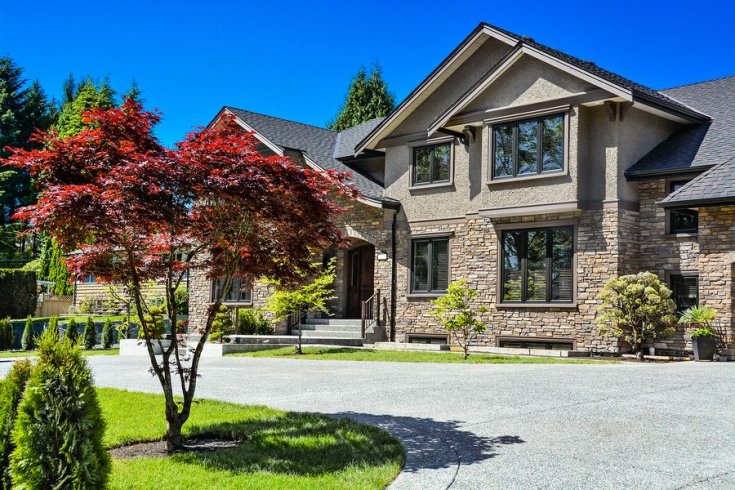
5 Tips to Maximize Your Curb Appeal First impressions matter, especially in your home. Whether you plan to sell your house or stand out in the neighborhood, enhancing your curb appeal is an excellent way to achieve your goals. As…
Read More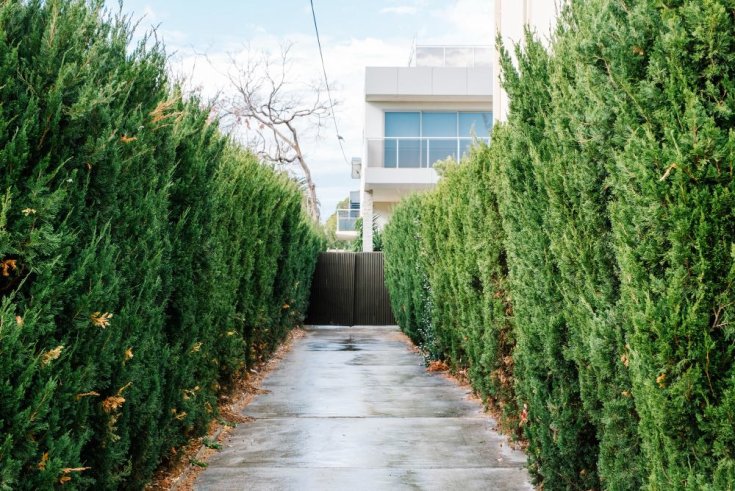
Ideal Evergreen Trees to Plant in Your Landscape Evergreen trees are a cherished addition to any landscape, providing year-round beauty and many practical benefits. While deciduous trees may shed their leaves in the fall, evergreens maintain their lush foliage throughout…
Read More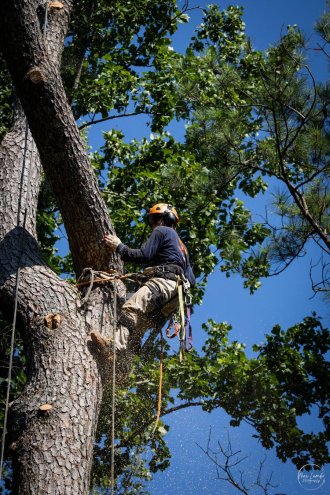
Have You Hurricane-Proofed Your Trees Yet? In the Southeast U.S., hurricanes aren’t just an occasional threat - they're a part of life. Georgia, in particular, faces frequent tropical storms and hurricanes that bring high winds, heavy rain, and the potential…
Read More
5 Common Tree Disease Treatments Trees are vital for our environment, providing shade, oxygen, and beauty. However, trees are susceptible to diseases that can compromise their health and longevity. As a reputable tree care company, Driscoll Tree Service provides proper…
Read More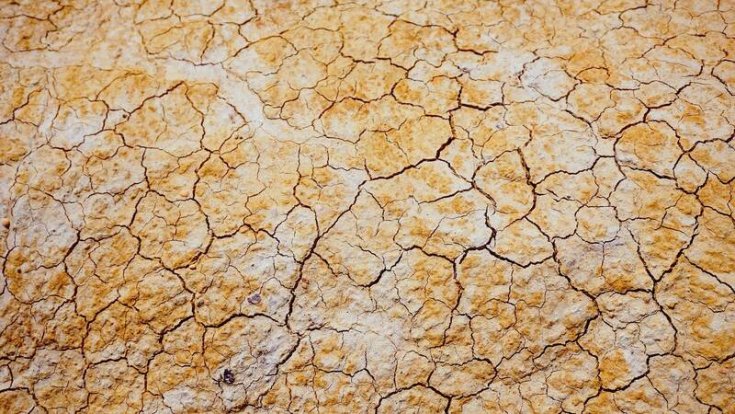
How Does Drought Affect Trees? Drought is a prolonged deficit between water supply and demand. This means long-term conditions of increased demand without sufficient water supply cause drought. With the rise of global warming and climate change, many parts of…
Read More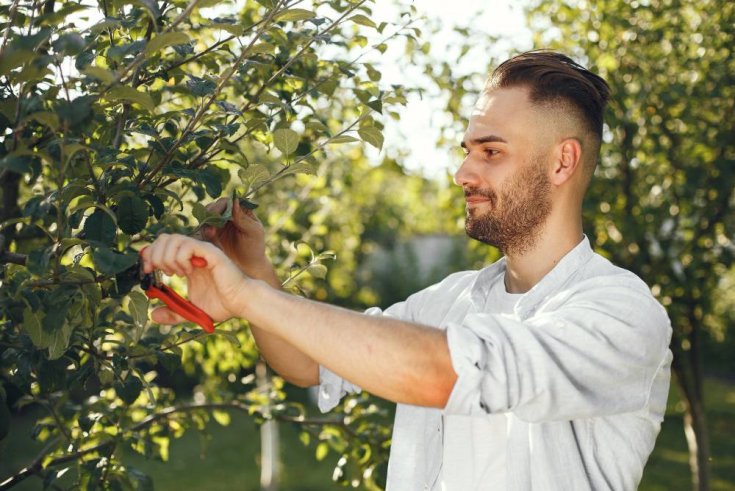
Common Mistakes to Avoid When Trimming Fruit Trees Trimming is one of the best things you can do for your fruit trees—but only if you do it correctly. At first glance, this task may seem like an easy task, but…
Read More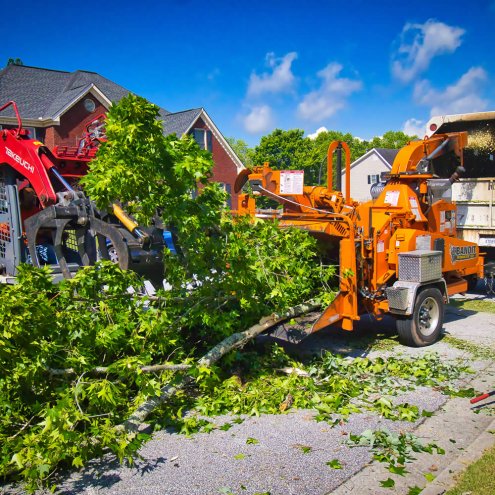
The Life Cycle of a Tree Trees grow over 30 feet tall, with canopies that expand over half their height. However, trees start as tiny seeds and require routine care to enhance growth. If you have a tree planting project…
Read More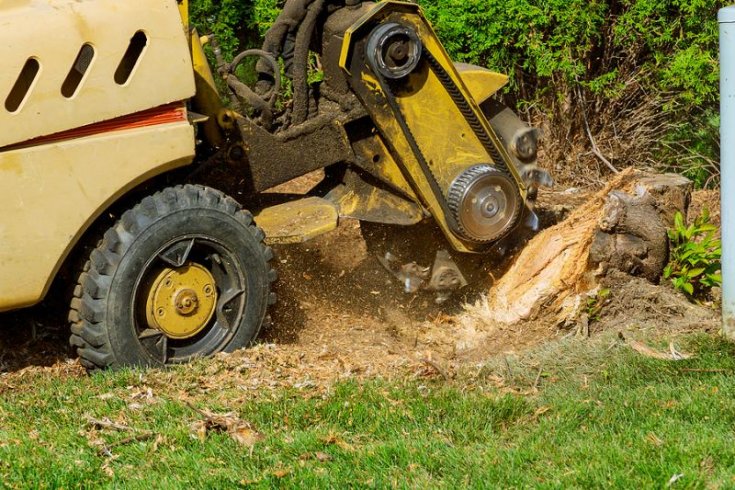
The Best Way to Remove a Tree Stump When a tree is cut down for whatever reason, the stump left behind is not just an eyesore but also a safety hazard on your premises. Waiting for the stump to decompose…
Read More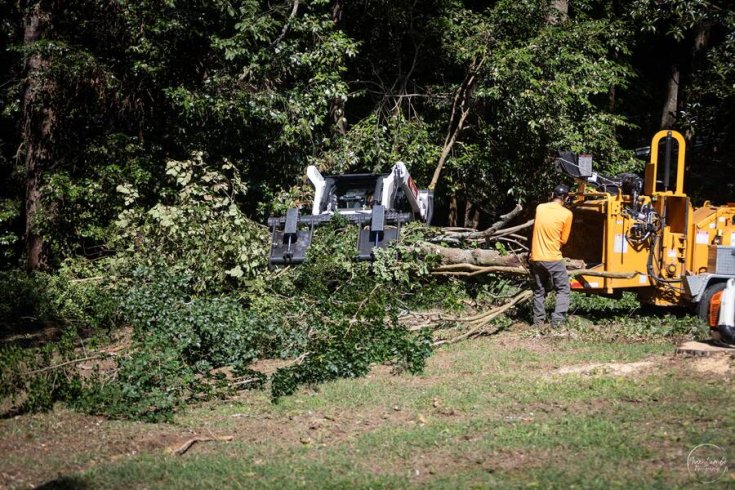
How to Know When It’s Time to Remove a Tree from Your Yard We love trees as much as the next person, but we'll be the first to say that some trees are better off gone. Suddenly-leaning trees, overgrown branches,…
Read More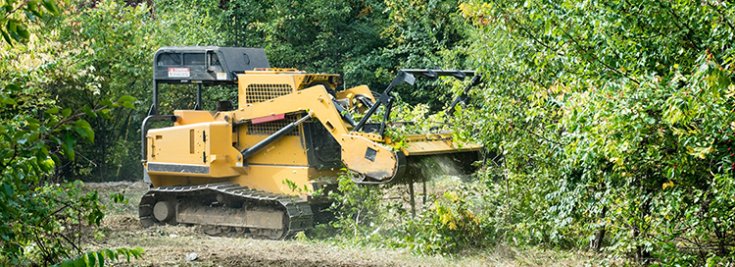
Learn About Hiring Forestry Mulching Services Forestry mulching is the ultimate win-win for nature enthusiasts, landowners, and anyone looking to responsibly manage overgrown vegetation. This innovative process transforms trees, bushes, vines, and other plants into valuable mulch that not only…
Read More